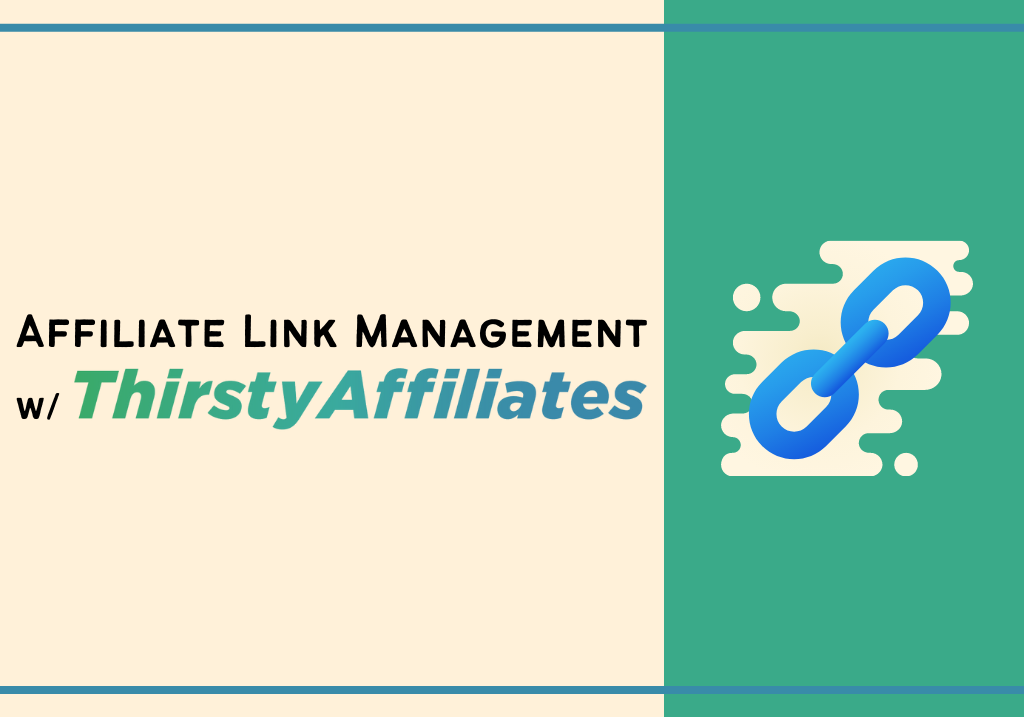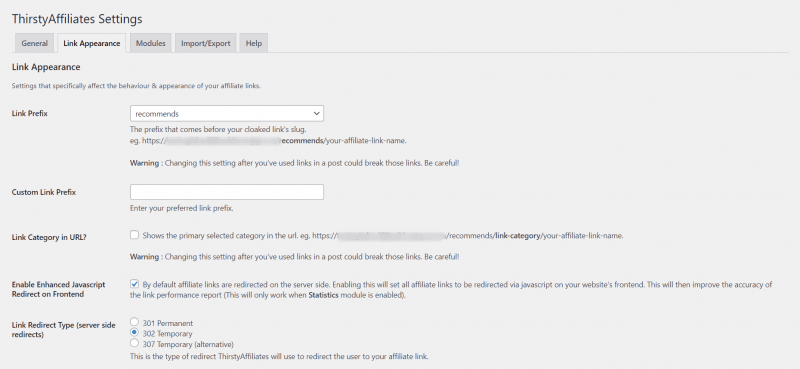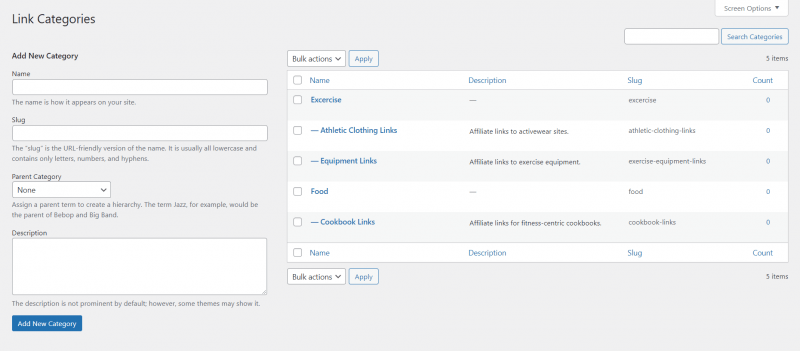Contents

If you’re an affiliate marketer, chances are you spend a lot of time promoting your sponsored links. While this process might be simple with two or three URLs, that number is likely to grow as your brand succeeds. Finding a way to monitor multiple links efficiently can be daunting.
Fortunately, you don’t have to juggle your URLs alone. By using some strategic link management principles, you can boost your marketing and support your site’s unique needs.
In this article, we’ll give you an overview of link management. Then we’ll go over three key areas where link management can help improve your sales. Let’s get started!
An Introduction to Link Management
Link management generally refers to the purposeful organization of URLs. Any group that wants to keep track of its links efficiently can employ this strategy. For affiliate marketers specifically, the term refers to how you keep track of all of your affiliate links.
A lot of marketers rely on their sponsored URLs to generate income. That’s why being able to carefully monitor and quickly access these resources can be vital. Failing to do this may result in underutilized, mixed-up, or even forgotten links.
In other words, link management is vital. What methods are most effective will depend somewhat on your audience and niche. Regardless, though, a high degree of organization and meticulous record-keeping is necessary.
For this reason, some marketers choose to support their link management with dedicated technology. If you’re interested in doing the same, you might want to consider our ThirstyAffiliates plugin:

ThirstyAffiliates keeps your links in line with features such as 404 error checks and automatic linking to specific keywords. The plugin also comes with smart uncloaking in case you’re working with any sponsors that don’t permit the practice.
Why You Need to Perform Link Management for Your Affiliate Campaigns (3 Key Benefits)
Whether or not you’re using supportive software, link management can play an important role in your affiliate campaigns. If you’re not convinced yet, here are three benefits you should consider.
1. You Can Track Your Successes (and Failures)
Let’s begin with record keeping. Some of your links may perform better than others. If you have a way to track that performance, you can focus on the most successful URLs. By the same token, you might see areas that could use more attention, and learn how to improve your links over time.
This becomes more important as your partnerships grow. When you’re using a large number of affiliate links, it might be difficult to see important patterns if you’re not looking for them. By contrast, keeping a track record gives you a data-backed direction for your work. Management can therefore increase efficiency.
If you’re interested in tracking your conversions with detailed reports, you might want to try a link management program. However, you can also regularly review your links on your own. Manual check-ups might take longer, but can also result in a better understanding of your performance.
If you’re short on time, remember that it’s most important to track your link statistics when you launch a new marketing strategy. Audiences can be unpredictable, and it’s hard to guess their responses to a new technique or type of content. So you might want to prioritize gauging their engagement with a new approach.
2. You Can Customize Your URLs to Match Your Brand Image
Affiliate-provided URLs are specifically created to trace back to your site. As a result, they can be long and complicated. So your viewers may see your bare affiliate links as spam links and, therefore, untrustworthy.
Cloaking your links can combat this problem by shortening the URLs and connecting them to your domain. Some programs even offer further personalization, such as adding images or creating automatic prefixes:

This simplification can also serve you behind the scenes. For example, you can use link cloaking to add a memorable name to otherwise hard-to-understand URLs. With a faster way to recall your links, you might find them easier to use.
And because cloaked links can be made short and memorable, they’re perfect for non-digital advertising, such as print, as well as for places where hotlink posting isn’t possible, like in YouTube videos.
As a bonus, cloaking can help you protect your commissions against theft. Therefore, this is a multi-purpose strategy: it can cater to your audience, streamline your approach, and add an extra layer of security.
3. You Can Organize Your Advertising in a Way That Makes Sense to You
As you master the art of affiliate marketing, you might find yourself responsible for a large number of URLs. Keeping them centralized can be key to your continued success. However, we also recommend personalizing your approach wherever possible.
No two marketers are the same. A technique that works for one of your colleagues might not be as helpful to you. Fortunately, the specific method you use is not as important as its results.
One flexible approach to consider is the use of categories. Categories enable you to collect certain types of affiliate links together for easy access. These groups can be related in any way you choose:

We’d suggest prioritizing your own ease of use. For example, you may have read that links should be organized based on affiliate partners. However, you may find it more helpful to optimize your URL usage with categories based on price or product type.
Finally, you may occasionally partner with other marketers. If you’re concerned that a colleague might not understand your link management system, you can always supplement the collaboration with project management tools. These resources can help keep you on the same page, without requiring you to alter your existing strategies.
Conclusion
While links are an integral part of most affiliate marketing campaigns, they can grow disorganized as time goes on. Fortunately, a link management tool like ThirstyAffiliates can help you continue using lucrative URLs to their fullest potential.
In this article, we covered three reasons you might need link management:
- It provides an easy way to track your success.
- You can use it to personalize links to your brand.
- It can help centralize your advertising strategy.
What part of link management do you find most useful? Let us know in the comments section below!
If you liked this post, be sure to follow us on Twitter, Instagram, Facebook, and LinkedIn! And don’t forget to subscribe in the box below.

Hi I need affiliate complete information